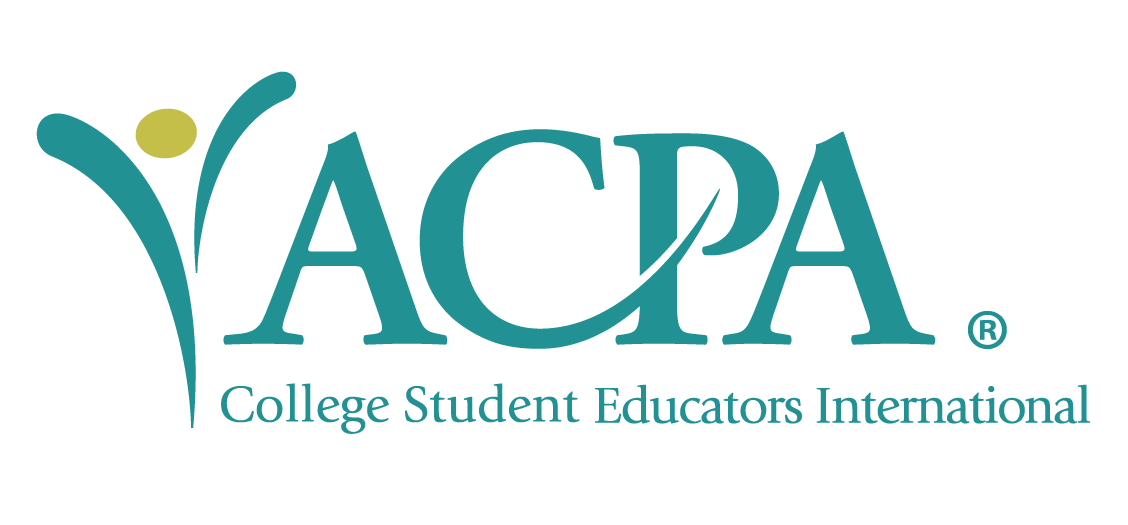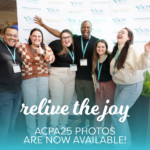By Spencer Scruggs
“Are you even cool enough to have a Finsta?!!!” Social media is so ubiquitous nowadays and often is out of popularity as soon as it is in. Generationally, we know there are significant differences between what social media platforms are used and by whom they are used. Millennials often grew up with Facebook, Myspace, and even Twitter. Generation Z loves Instagram and Snapchat. Throw in dating apps, professional social media networks like LinkedIn, and blogs/personal board websites like Pinterest and Tumblr, it’s hard to keep them all straight and use them effectively. However, something we can do to effectively use social media is committing to accessibility on our own social media platforms.
It’s important to understand the social media isn’t inherently accessible, just like websites are not inherently accessible. Because social media platforms contain so many elements, many of the tools individuals with disabilities use to access these websites and platforms are not very effective without the originator of the content making appropriate adjustments to their content they post. It’s incumbent upon you are a curator of content on Facebook, Instagram, Twitter, etc.. to make these spaces much more welcoming and inclusive of individuals with disabilities. Below are simple things you can start doing to make your social media usage much more inclusive:
- Watch the language you use on social media. Using language like “crazy,” “insane,” or the r-word only alienates individuals who identify as having a mental health concern, an extensive physical disability or an individual with an intellectual disability. There are other words and ways to express what you are trying to get at. Use all 280 characters on Twitter if you have to…just don’t use this discriminatory language.
- Avoid sharing inspiration porn. Social media is rife with inspiration porn, videos, photos, graphics, and other posts that attempt to tell inspiring stories of individuals overcoming adversity and achieving their dreams. The problem with it: inspiration porn often vilifies an individual’s disability and invokes the medical model, that a disability is something to get over. Rarely do we get the story that highlights the societal structures and environmental factors that have disadvantaged individuals with disabilities that leads to these moments of “inspiration.” Focus on sharing the stories of individuals with disabilities shared by those very individuals.
- Add alternative text to all of your photos and graphics you post. Whenever individuals that use a screen reader to engage with a website and online content consume visual content through the screen reader, that screen reading software does not innately know what is depicted in that visual element. Each photo or graphic has to be paired with what is called alternative text which describes what is depicted in ads in as much detail as possible. Below are links to instructions for the most popular social media platforms on how to add alternative text to any visual elements of content you post to your social media platforms.
- Facebook (also check out the Facebook Accessibility official page)
- Finally, be sure to caption any videos you post or create and make sure captions are on for any videos you may share from others. Captions on videos are a wonderful tool for everyone, not just individuals with disabilities. But they are especially crucial to the Deaf and Hard-of-Hearing communities and individuals with processing difficulties or learning disabilities. Youtube has a wonderful automatic captioning tool if your video is less than 45 minutes, however, it is only between 40% and 60% accurate. Regardless, it’s important that captions be present!
Don’t leave individuals out from the pleasure of viewing that cat video that you’ve viewed over 53 times! Follow these simple steps to welcome people into your social media feed and make more connections in a more inclusive way!


Recent Comments